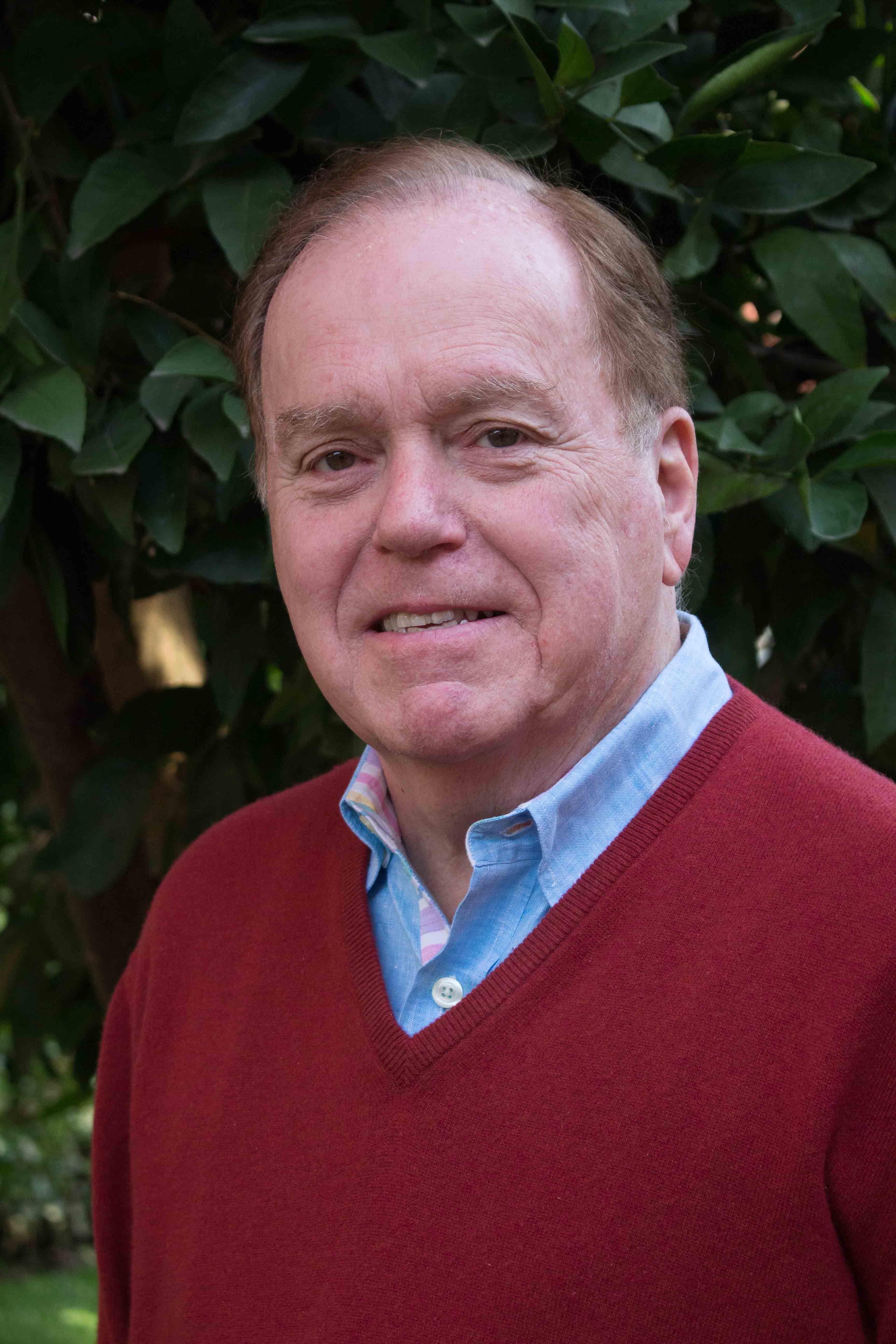- Acne
- Actinic Keratosis
- Aesthetics
- Alopecia
- Atopic Dermatitis
- Buy-and-Bill
- COVID-19
- Case-Based Roundtable
- Chronic Hand Eczema
- Chronic Spontaneous Urticaria
- Drug Watch
- Eczema
- General Dermatology
- Hidradenitis Suppurativa
- Melasma
- NP and PA
- Pediatric Dermatology
- Pigmentary Disorders
- Practice Management
- Precision Medicine and Biologics
- Prurigo Nodularis
- Psoriasis
- Psoriatic Arthritis
- Rare Disease
- Rosacea
- Skin Cancer
- Vitiligo
- Wound Care
Article
Isotretinoin’s discovery and development
Author(s):
Dermatology Times editorial advisor Dr. Elaine Siegfried talks with Jim Leyden, M.D., emeritus professor of dermatology at the University of Pennsylvania about the art and science of isotretinoin therapy. Dr. Leyden, aside from being a member of the famed Acne Mafia, was a really active participant in the drug development process for isotretinoin, a drug for which, the institutional memory about that process may be fading. The two discuss many of the important initial clinical observations and those that others have made over the years.
Dermatology Times editorial advisor Dr. Elaine Siegfried talks with Jim Leyden, M.D., emeritus professor of dermatology at the University of Pennsylvania about the art and science of isotretinoin therapy. Dr. Leyden, aside from being a member of the famed Acne Mafia, was a really active participant in the drug development process for isotretinoin, a drug for which, the institutional memory about that process may be fading. The two discuss many of the important initial clinical observations and those that others have made over the years.
READ: Isotretinoin dosing decisions
Acne Mafia Development and clinical use

Dr. Elaine SiegfriedDr. Siegfried: I want to thank you for participating and I really appreciate the chance to pick your brain about the art and the science of isotretinoin therapy. I was going to launch into talking a little bit about the Acne Mafia and their greatest legacy, which was in the development and clinical use of isotretinoin for severe acne. Before I ask you about some insider history on the development of isotretinoin, can you give me some insider information on why you, Alan and John were called the Acne Mafia?
Dr. Leyden: My recollection was that the three of us were sitting and talking just before a session at the Academy. A group came in and somebody declared us the Acne Mafia. Somehow that stuck, and I said, “Well, OK John, you can be the Don and Alan can be your consigliere, what am I?” He said, “You’re a foot soldier.”
READ: How to recognize sinus tracts, keratinous cysts
Dr. Siegfried: Perhaps because John Strauss was my mentor and chairman of my department, but the Acne Mafia taught me a huge amount about treating acne and the safe and effective use of isotretinoin. Even more than that, the Acne Mafia was responsible for having incredible educational sessions.
NEXT: Early days of isotretinoin
Isotretinoin’s early days
Dr. Siegfried: I want to help listeners and readers get some of the wisdom that I was able to get from those experiences. First, isotretinoin has been around for a really long time. It was FDA-approved in September 1982, which was right before I started my residency. People have learned just from clinical observation, but in many places, they didn’t have the opportunity to have that memory of all the clinical observation. Give me some insider history about the early days of isotretinoin use and development.
READ: Isotretinoin risks in acne treatment

Jim Leyden, M.D.Dr. Leyden: Well, the story began with a basic researcher at the National Institutes of Health (NIH), Michael Sporn. He had developed an organ culture system. At that point, there was a great deal of interest in cell biology in general, about the potential antitumor effects of retinoids, tretinoin being the one that had been most studied. There was a great deal of interest in looking at other molecules that were either vitamin A derivatives or manufactured versions of the vitamin A molecule. And then subsequently when receptors were discovered, looking at various molecules that could interact with retinoid receptors because of the potential effect on cell differentiation that could potentially be beneficial in interrupting the process of carcinogenesis.
Sporn found that the 13-cis-isomer of all trans-retinoic acid (tretinoin), which is isotretinoin, was very biologically active. Hoffmann-La Roche then made up some crude formulations and gelatin capsules of this isomer and shipped it down to the NIH to be given to people with severe disorders of keratinization. These were the worst cases of ichthyosis and Darier’s disease.
Dr. Siegfried: There was some basic science that was done on these molecules and then the drug just sort of became available for investigator-initiated clinical use?
Dr. Leyden: Yes. This wouldn’t happen today. We have so many regulations, etc. But the same thing actually happened with griseofulvin. It’s a great story, too. Harvey Blank read an article by Jimmy Gentles who described the activity of griseofulvin in eradicating experimentally induced fungal infections in guinea pigs.[1] At that point, there was no real treatment other than X-ray treatment and epilation for the epidemics of tinea capitis. He wrote to Gentles asking for some, and Gentles sent it in the mail. Blank gave it to a patient with widespread T. rubrum granulomas and they cleared. A year later, there was an international meeting with hundreds of tinea capitis cases successfully treated, and that was the birth of griseofulvin, one of the landmark therapeutic developments in our specialty.
READ: Isotretinoin misconceptions, misinformation still thrive
Almost the same speed of development occurred with isotretinoin. Gary Peck, who was the dermatologist performing most of the clinical work at the NIH, gave the molecule to patients with severe ichthyosis and Darier’s disease. It didn’t eradicate these problems, but it was a huge step forward. Subsequently, he came to give a seminar at our weekly Kligman corned beef lunch and talk. When he finished, Albert jumped up and said, “What did you find in acne?” It never occurred to anybody at the NIH that maybe acne was a disease in which there were epithelial abnormalities and isotretinoin might be useful.
Gary went back and, in collaboration with John, they treated a very small group of patients - I think it was 10 or so. Miraculously they cleared up and the study was published in the New England Journalof Medicine.[2] Subsequently, there was a dose-ranging study in which John, Alan, and Peter Pochi looked at 0.1, 0.5, and 1 mg/kg/day.[3] I got involved in a very complicated pharmacokinetic study. We had a group of about 20 who spent a month in our clinical research unit. These patients, were 12s on a scale of 1 to 10, as far as severity. Many came from various parts of the country. They were the worst of the worst, and they all cleared up in a miraculous-like fashion.
NEXT: Dose ranging studies
Dose ranging studies
I think one of the things that may be worth discussing is that if you look back at the dose-ranging study, it was 0.1, 0.5, and 1 mg/kg/day; basically all three groups completely cleared up. There was a one-year follow-up in that study for safety reasons.[3] This was a molecule that nobody knew anything about its safety. That’s when the second miracle happened.
READ: Should you wait after isotretinoin to treat acne with laser?
The second miracle was not only that these people all cleared, but most of them stayed clear. Now, there was a dose relationship in terms of the percentage of the patients who stayed clear or relapsed depending on how you want to look at it. With 1 mg/kg, 90 percent of them were still clear one year later, but (with) the 0.1 mg/kg dosing, 60 percent of them were still clear one year later. I think people have lost sight of that, because ever since that first observation, the focus of a lot of people in our specialty has been to try to push the dose in some way to get everybody to get clear and stay clear with a single course of isotretinoin. Right from the start, I pretty much disagreed with that and I never started any patient on 1 mg/kg.
The highest (dose) I ever started anybody was 0.5 mg/kg, because there were all kinds of side effects. For example, the third patient I ever treated in the protocol that I described as clinic research protocol, we were doing 1 mg/kg. The patient’s meibomian glands shut down and they stayed shut down for three years. I’ve seen patients that have been referred to me who have had that problem. The triglycerides, the bone pain, muscle pain, nosebleeds, etc., which can be a real problem are clearly dose-influenced and are more severe at higher doses. There wasn’t any clear difference in the incidence of side effects in the early studies, but the intensity clearly is dose-related.
For that reason, I have always believed in not starting at high dose and I am really very much opposed to the recent trend of pushing the dose. There’s this widespread use of trying to reach a certain total cumulative dose. I’ll tell you where that came from.
READ: How to recognize sinus tracts, keratinous cysts
This 120-150 mg/kg dosage came from a S.I.D.Tri Society Meeting in Belgium at some point in the ‘90s. A group of us got together prior to that meeting to discuss our collective experiences, with each of us bringing the results of at least 500 patients each in whom we had at least two- or three-year follow-up. We discussed many issues, one of which was dosing. At the end, the group concluded that it looked like the dose that was associated with least relapse was in the range of 150 mg/kg for most of us; Bill Cunliffe thought 120, so that is where 120-150 mg/kg came from.
At that point, I felt there was a nuance with respect to age and recommended that we should look at relapse rates stratified by age. At that time there was not much support for this idea. I think many people have come to appreciate that the younger patients with severe acne have a different relapse rate.
NEXT: More data, better understanding
More data
Now that we actually have some data from the iPLEDGE experience, we are able to look at almost 30,000 patients with at least a one-year follow-up. Hopefully we can get the funding for the two- and three-year follow-up, because I think that will be even more interesting.
READ: Teledermatology helps patients help themselves
But clearly with a one-year follow-up, if you treat (the) very young, like 10- and 11-year-olds, their relapse rate (defined as return of acne requiring retreatment with isotretinoin - a clear endpoint for relapse) was 37%. In 12- to 14-year-olds, the relapse rate was in the 20% range, and about 12-13% in 15-17-year-olds. In those ages 18 and older, you get the percentage that has been seen with most studies somewhere in the 8-12% range.[4] In the original studies, most of the patients were older teenagers and those groups had very high rates of remaining clear. Of the subsequent studies that have been done looking at dosing really, as far as I’m concerned, aren’t very useful until they are stratified by age.
My thinking is that this difference in lasting effects in older patients revolves around what happens to make acne go away? Before we had Accutane, people eventually got better. There are things that happen in the skin and eventually the disease goes away. I’m actually old enough to have treated people with X-ray. X-ray works quite well, it induces apoptosis of sebocytes, (as) we would say today. In the old days, we (said) it shut down the sebaceous gland, and even though there was regeneration, most of the time acne did not return. The reason is, almost everybody who got treated with X-ray, by definition, had been under treatment for a long time.
I am very much opposed to pushing the high dose in the search for the holy grail of a cure.
References:
[1] Gentles JC. Experimental ringworm in guinea pigs: oral treatment with griseofulvin. Nature. 1958;182(4633):476-7.
[2] Peck GL, Olsen TG, Yoder FW, et al. Prolonged remissions of cystic and conglobate acne with 13-cis-retinoic acid. N Engl J Med. 1979;300(7):329-33.
[3] Strauss JS, Rapini RP, Shalita AR, et al. Isotretinoin therapy for acne: results of a multicenter dose-response study. J Am Acad Dermatol. 1984;10(3):490-6.
[4] Leyden JJ, Del rosso JQ, Baum EW. The use of isotretinoin in the treatment of acne vulgaris: clinical considerations and future directions. J Clin Aesthet Dermatol. 2014;7(2 Suppl):S3-S21.
Newsletter
Like what you’re reading? Subscribe to Dermatology Times for weekly updates on therapies, innovations, and real-world practice tips.












